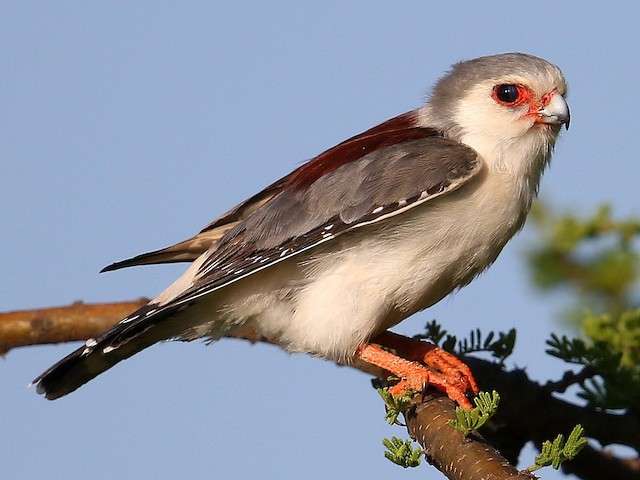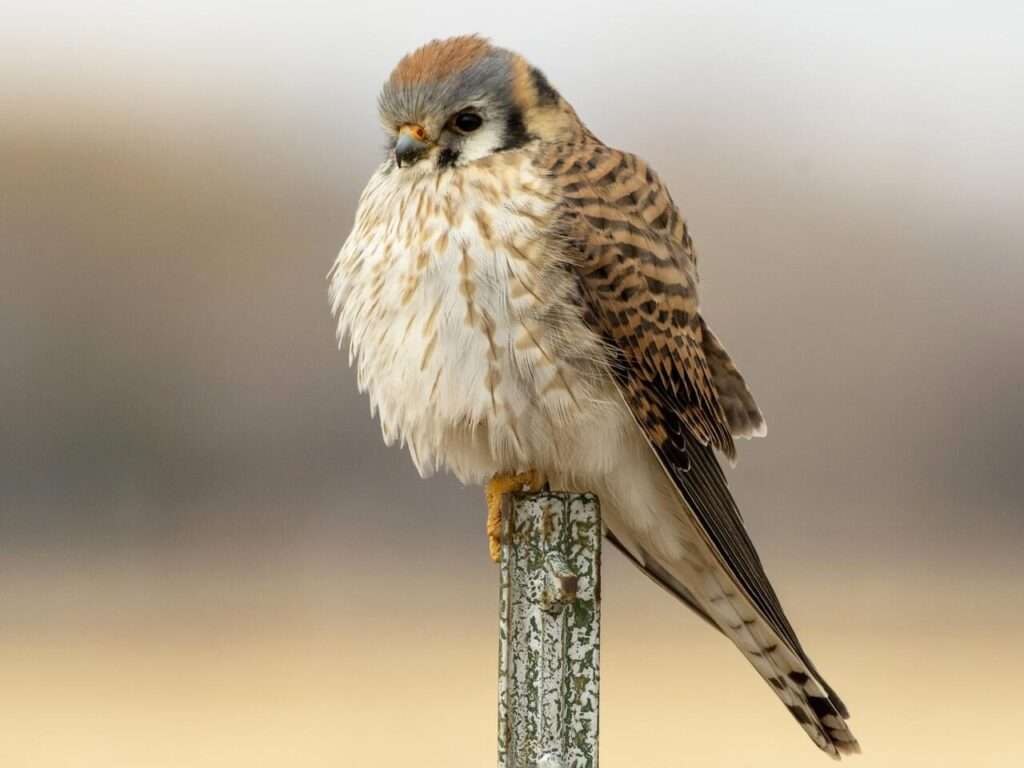
Description
Life span: Up to 10 years
The snowy owl is primarily white in color. Compared to predatory species like polar bears and Arctic foxes, they have whiter coats. When observed in the field, these owls frequently resemble a white rock or a piece of snow on the ground. The majority of the time, it looks to be devoid of ear tufts, but under certain conditions—perhaps most frequently when the female is sitting on the nest—short tufts can be raised. The ear tufts are composed of roughly 10 tiny feathers and measure 20 to 25 mm in length. The white owl has brilliant yellow eyes. Even for a Bubo owl with a very rudimentary hearing apparatus, the head is quite small.
Native Region/Habitat
In the winter, the snowy owl lives in grasslands, fields, marshes, beaches, and dunes; in the summer, it lives on the arctic tundra. From little north of the treeline to the farthest north, they reproduce in the tundra. They favour open tundra, especially in hilly or more humid regions close to the ocean. The wide countryside, which includes prairies, farms, coastal marshes, beaches, and significant airports, is where winters are spent.

Behavior
The majority of the time, snowy owls sit still. They remain still for hours, rotating their heads or bending forward while blinking their large, golden eyes. They track out their prey—possibly a vole scurrying beneath the snow—using their keen vision and hearing, and then they fly or sprint over to pounce on it. If they are successful, they will swallow down the rodent headfirst. On their breeding grounds, male Snowy Owls put on a fantastic mating performance.
A lemming is held in the male’s beak or talons as he rises into the air in an undulating flight with pronounced wingbeats. Then, with his wings flapping or held in a “V” formation, he descends to the ground. He places the prey on the ground as the female approaches, stands upright, lowers his head, and fans his tail. When defending his area, a male Snowy Owl lowers his head and sticks it forward, spreads his wings, and puffs out his neck and back feathers to appear larger. Snowy Owls have been observed to dive-bomb and attack humans in an effort to protect themselves from other animals. A Snowy Owl is said to have once attacked two polar wolves.
As a pet/In captivity
Owning a snowy owl is prohibited in North America, with the exception of zoos and protected areas for wild birds. Snowy owls are often alone and haven’t been observed to be amicable with people or other animals. Due to their nocturnal activity and preference for large live prey, they are not appropriate as pets.
Table





